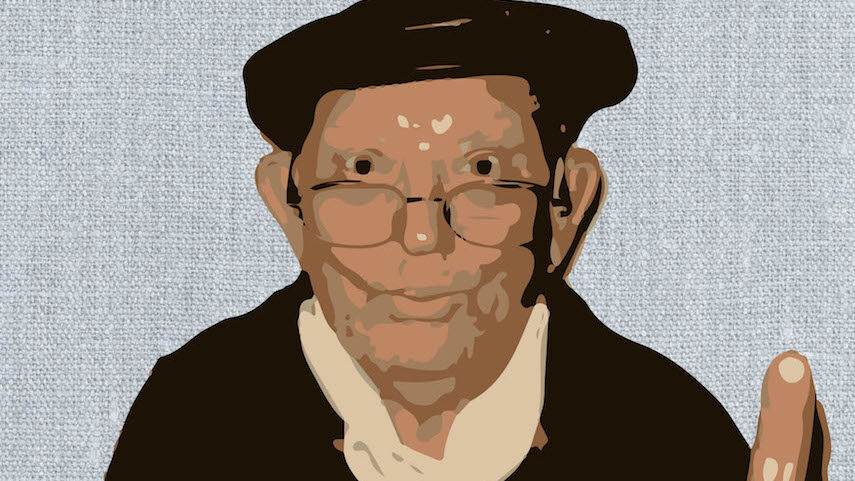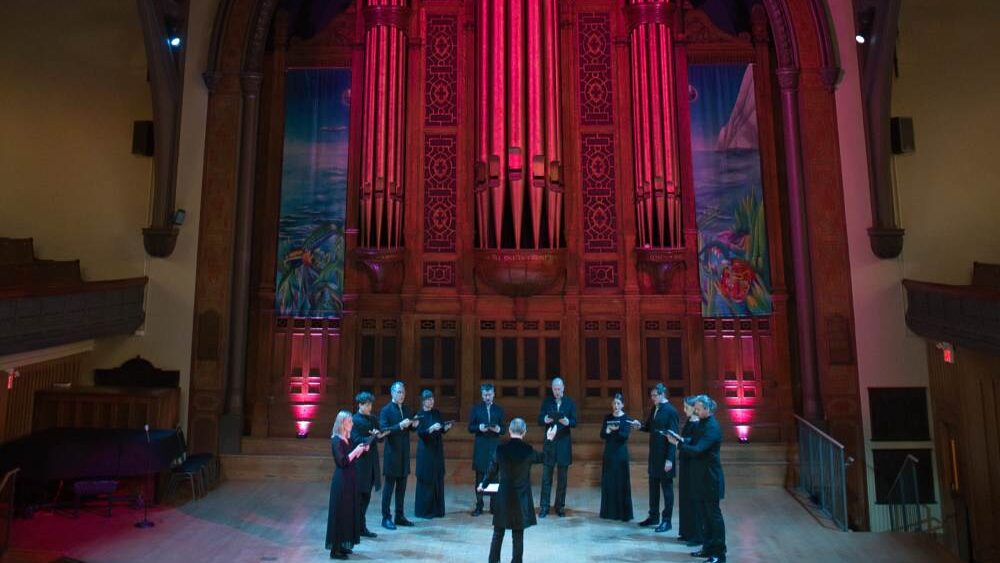By equally weighting real-world examples and abstract theory, this book can be interpreted as an attempt to ground some of the concepts found in landscape urbanism.
Operative Landscapes is divided into five sections, each representing a phase of the design process: conceptualize, plan, develop, construct, and evolve. Each section is introduced by a short essay, followed by a series of case studies that explain the concepts in the essay. The “conceptualize” section looks at projects that build on the histories of existing sites. By establishing themselves as part of larger historical narratives, these projects strengthen connections to communities. Instead of treating the site as a blank slate, the designers carefully preserve and build on many existing elements on the site, including opportunistic vegetative growth and unplanned footpaths.
The “plan” section looks at master-planned communities that are driven by networks of public space. For instance, Masdar City, a brand-new city built in the desert of Abu Dhabi designed by Foster+Partners, is oriented around a series of flexible public spaces intended to allow for many uses. This was one example where I felt the case study did not really line up with the theory: while this project is certainly interesting, I am not sure if this kind of top-down urban design really embodies the kind of open-ended, reciprocal relationship between public space and urban form described earlier.
In the “develop” section, we see projects that involve the conversion of remnant or abandoned sites into public spaces, inciting reinvestment and redevelopment in their surrounding neighborhoods. “Construct” explores projects that dealt with unexpected construction challenges (frequently involving contamination), while “evolve” describes projects that change over time as they are used and adopted by their communities.
As North acknowledges, many of these projects fall across several categories. Indeed, the distinction between these categories, while each individually interesting, can be blurry. Despite this occasionally disorienting aspect, the book's organization is appropriate to its subject matter – each section represents a way landscapes can operate in their communities.
Operative Landscapes provides a timely collection of case studies that demonstrate the capacity of landscape architecture to drive urban design. By exploring urban design through the relationship between community and public space, North successfully establishes not only the aesthetic and ecological significance of landscape-driven urban designs, but the critical role these places play in the daily lives of city dwellers.
From the book: Ecobay, Tallinn. “The community, set on the Paljasaare Peninsula in Estonia, adjacent to a natural reserve, is envisaged as a new, independent, mixed-usage district for 6,000 people, with green strategies for infrastructure development. The designers intend to provide a multifunctional structure for a diverse and vibrant community, allowing Ecobay to develop an organic self-organizing capacity – a city to grow of its own accord. … Structures are laid out to maximize solar gain while minimizing overshadowing. … All buildings are being designed with greywater systems and with a system to filter stormwater, while reed beds will filter and clean water.”
Alissa North is an Assistant Professor, Landscape Architecture, University of Toronto, teaching graduate design studio, visual communication and theory. She is a 1998 honours graduate from U of T with a Masters from Harvard in 2003, winning the prestigious Jacob Weidenman Prize. She is a partner with Pete North in North Design, receiving recognition with several entries internationally.
Operative Landscapes, Alissa North, Birkhäuser, Basel, Switzerland, 2012. Book introduced at the Frankfurt Book Fair.




